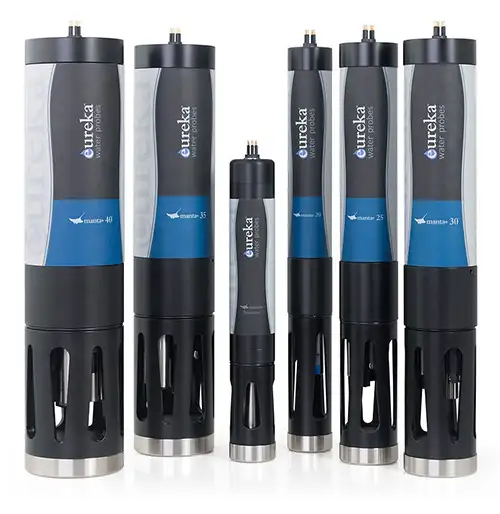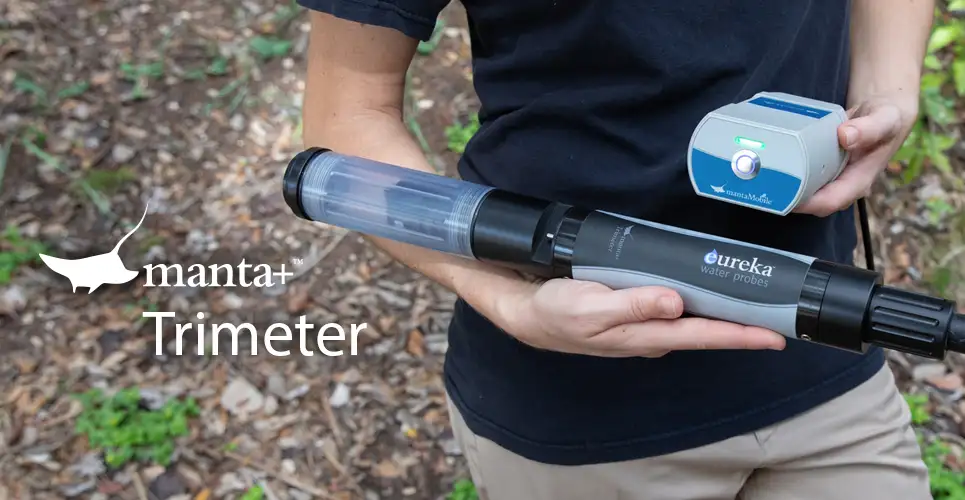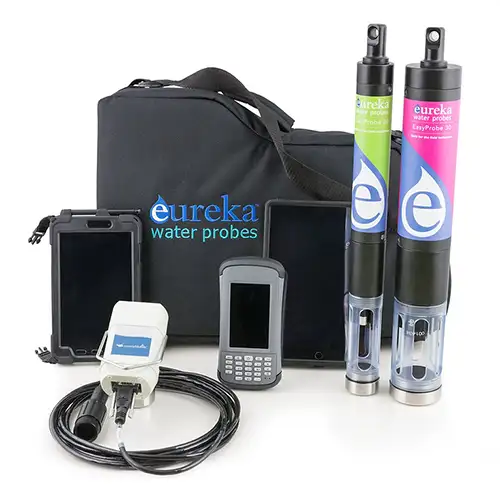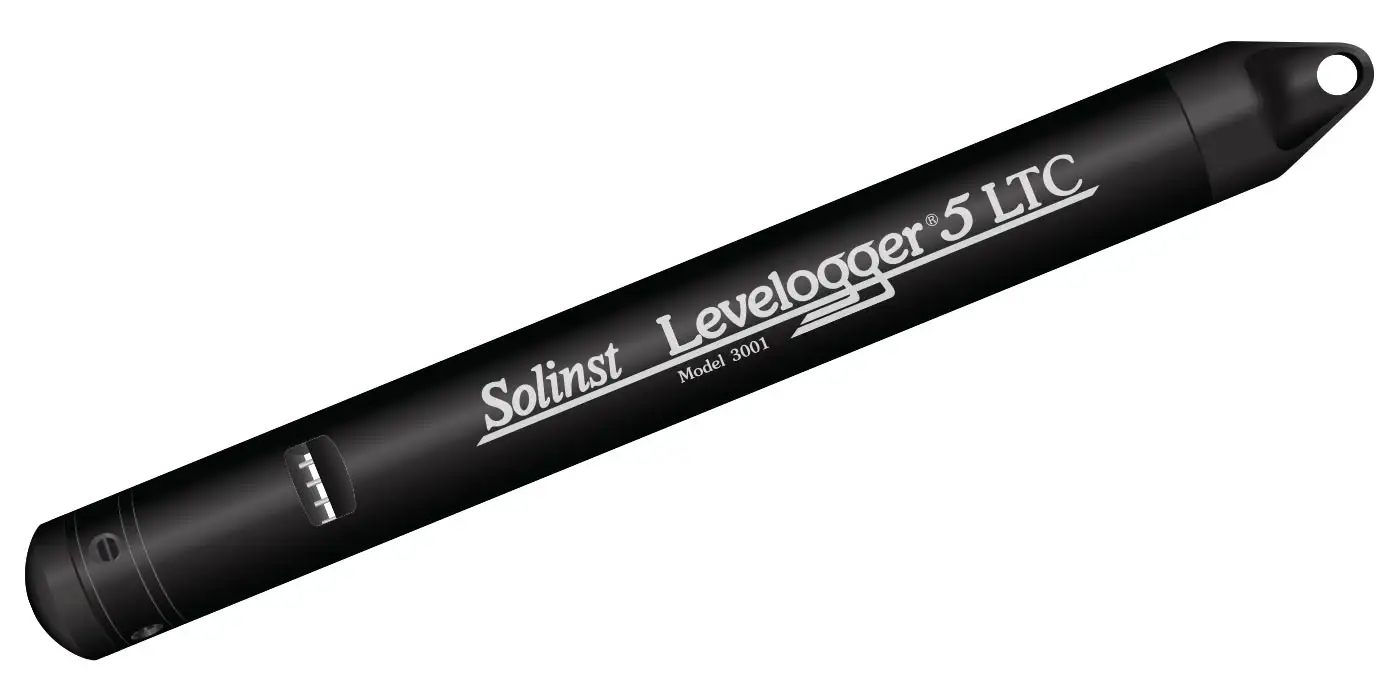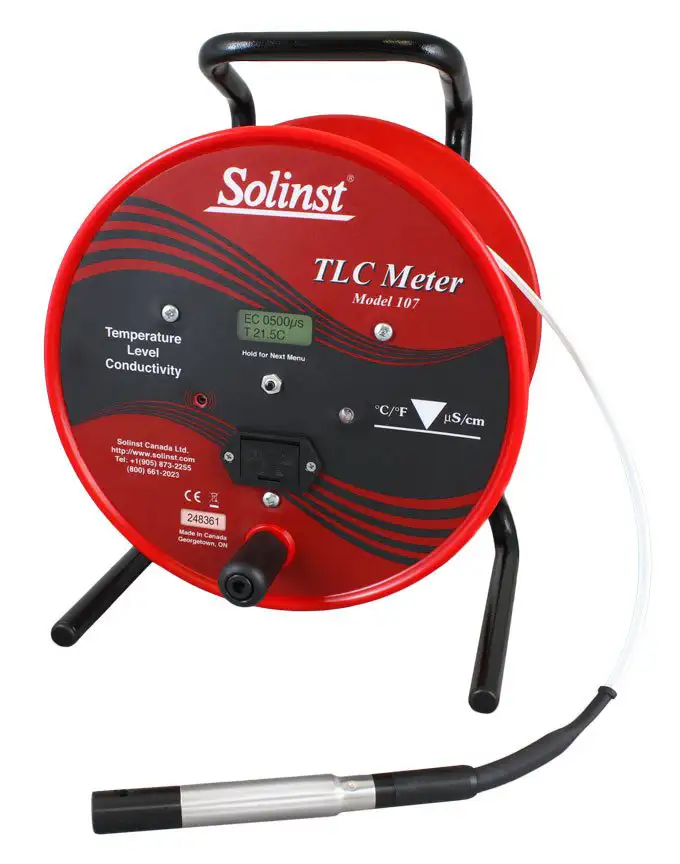Fluorescein Sensors: Water Quality Monitoring
Solinst Eureka
2113 Wells Branch Pkwy, Suite 4400
Austin, TX, USA
78728
Tel: +1 512-302-4333
Fax: +1 512-251-6842
email: [email protected]
Water Quality Probes
Solinst Eureka, a global leader in the design and manufacture of multiparameter water quality sondes.
Solinst Field Services
Safeguard your project’s success and mitigate any potential for downtime or additional costs.
Why would I want to measure Fluorescein?
Fluorescent dyes like Fluorescein, are often added to water systems to provide water discharge and velocity data. Dye tracing studies can provide useful information for modeling surface and groundwater systems in addition to tracing contaminants. Fluorometers allow researchers to measure ultra-low concentrations of dye. With extreme sensitivity and instrument flexibility, researchers can glean powerful data that could potentially be missed when using less sensitive methods.
Fluorescein was the first fluorescent dye used for water tracing work, and is still used for detection by fluorometers, and for qualitative (visual) studies of underground contamination of wells. Fluorescein is used for flow measurements and circulation, dispersion, and plume studies, and can also be used for masking, hydraulic model studies, and underground water studies.
How is Fluorescein Measured?
Solinst Eureka’s Fluorescein sensor is a fluorometric sensor. Fluorescence occurs when a molecule absorbs light energy at one wavelength and then emits that energy at a different wavelength. Fluorometric sensors emit light at a certain wavelength, and look for a very specific, different wavelength in return.
There are many variations of fluorescein dye and each compound will produce slightly shifted excitation and emission maxima. However, these small shifts shouldn’t greatly affect the signal detected by the fluorometer, especially if the compound used in the study is the same compound used to calibrate your instrument.
Solinst Eureka Fluorescein sensor is configured to report directly proportional to the concentration of the dye present in the sample, up to 500 parts per billion (500 µg/L). Relative fluorescence readings, dye concentrations, dilution factors, dye travel time, and other parameters provide valuable data used to draw conclusions regarding the water system being studied.
What should I know about fluorescein measurement in the field?
Dye tracers are compounds used for measuring, mapping, and monitoring water systems. Tracers are used for measuring water flows, studying, and modeling surface and ground water systems, tracing contaminants in emergency response situations, detecting leaks, and measuring tank retention times. Fluorescent tracers like fluorescein are chosen because they are cost-effective, and easily and accurately measured on-site with a portable field-ready fluorometer.
Fluorescein emits a brilliant green fluorescence, which gives an excellent visual or photographic contrast against the backgrounds normally encountered in water transport studies. Therefore, it is easy to visualize the progress of an experiment. It is more aesthetic than the red dyes. This is psychologically important, especially in ocean areas subject to the blooms of certain dinoflagellates, called “red tides.” Less public resistance may be encountered using a dye that does not resemble red tide.
For many studies, Rhodamine has become the dye of choice over Fluorescein, due to fluorescein’s rapid degradation in sunlight. Also, many naturally occurring fluorescent materials have similar characteristics, and thus interfere with fluorescein measurement. Fluorescein is also more pH-sensitive than rhodamine dyes. Fluorescence drops very sharply at pH values below 5.5. For optimum results, pH should be between 6 and 10.
Fouling is the biggest field problem for fluorescence sensors. Any foreign material that accumulates on the active surface of the sensor will either reduce the amount of emitted light or received light, or both. Fouling typically does not pose a problem when profiling or spot checking for daily surveys; only when deployed for extended periods. For continuous deployment, anti-fouling accessories may be added, such as Eureka’s universal wiper system, and copper mesh sensor guard.
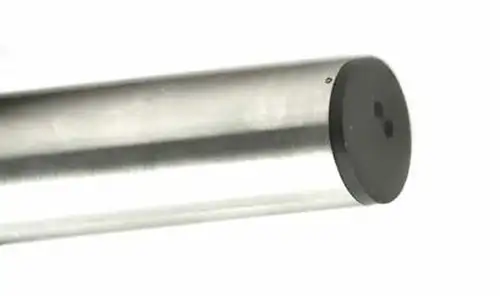
Fluorescence Sensors for
Water Quality Sondes
- Range
0 to 150 ppb - Accuracy
linearity of 0.99 R² - Resolution
0.01 - Units
ppb - Calibration
lab-qualified sample - Maintenance
cleaning and calibration - Sensor Life
5+ years - Sensor Type
fluorescence
Features of Solinst Eureka’s Fluorescene Sensors
Solinst Eureka uses Fluorescein sensors in our MantaPlus multiparameter sondes. They can be configured to include any of our dye trace fluorometers. The Fluorescein sensor may be installed in the probe, along with other sensors such as additional fluorometers, turbidity, dissolved oxygen, pH and conductivity. This makes for a cost-effective approach, as there is no need to buy a dedicated fluorometer. Operation is made easy, as the Fluorescein sensor is controlled by the Manta Control software, like other installed sensors. When only the Fluorescein sensor is needed, it may be installed stand-alone on one of Eureka’s smaller probes, such as the Trimeter. The Trimeter with internal battery pack, for self-powered logging, is a popular configuration used for dye trace studies, both short and long term.
Solinst Eureka’s Fluorescein fluorometer, installed in a Trimeter or MantaPlus multiprobe, provides an excellent tracer system. MantaPlus and Trimeter Multiprobes may be configured as loggers with battery backs for autonomous self-powered deployment, used with field displays for site-to-site spot checking, or connected to data telemetry stations for real-time remote monitoring. Eureka sondes equipped with fluorometers are portable, durable, and cost-effective.
Related Products
Manta Series Water Quality Probes
Solinst Eureka offers the largest selection of water quality sensor technologies in the industry. So in addition to standard configurations, each probe may be customized for your specific application. Pick sensors of your choice to fully populate larger probes, or add a battery pack to convert a probe to a logging device.
Manta Trimeter Water Quality Probe
The Trimeter holds any one sensor* from the Sensor Parameters list, Plus temperature and depth sensors (both are optional). For example, a Trimeter configuration could be turbidity, temperature, and depth. Another example could be DO and temperature.
EasyProbe: Water Quality Sondes
The EasyProbe, by Solinst Eureka, is a high-performance, cost-effective water quality monitor. It's ideal for spot-checking, remote telemetry, education, research, aquaculture, and more. The EasyProbe20 includes sensors for temperature, dissolved oxygen, conductivity, and pH, while the EasyProbe30 adds a turbidity sensor. Eureka multiprobes are known for their reliability, with a three-year warranty covering all sensors, and have the lowest maintenance costs in the industry.
Water Level, Temperature & Conductivity Datalogging
The Levelogger 5 LTC measures and logs water level fluctuations, temperature and conductivity. It is programmed to record at intervals as often as 2 seconds. It includes an 8-year battery, memory for 100,000 sets of readings, and comes in 6 pressure ranges. A PFAS-free coating (inside and out) provides superior corrosion and abrasion resistance.
TLC Meter – Measure Accurate Temperature, Level & Conductivity
A TLC Meter provides accurate, stable temperature and conductivity measurements, displayed on a convenient LCD display for easy reading. Static water level and depth of readings are read off Solinst flat tape, which is precisely laser-marked every mm or 1/100 ft. Tape lengths are available to 300 m (1000 ft).

